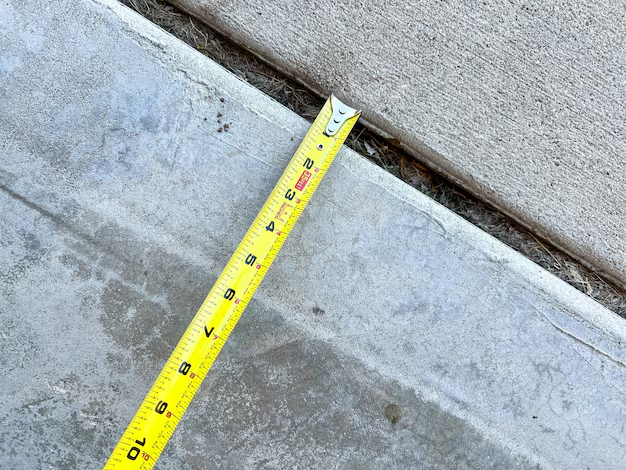Discovering Your Roof's Pitch Made Easy
Understanding the pitch of a roof is crucial for anyone diving into renovations, repairs, or building projects. Not only does it affect the aesthetic of a home, but it also holds significant importance in determining water drainage, snow load capacity, and overall structural stability. If you're taking on a roofing project, knowing how to find the pitch of your roof will empower you to make informed decisions. Here's a simple, step-by-step guide to get you started.
What is Roof Pitch?
At its core, roof pitch refers to the steepness or slope of a roof. It's typically expressed as a ratio that compares the vertical rise to the horizontal span (or run). This ratio tells you how many inches the roof rises for every 12 inches it runs horizontally. For instance, a "6/12" pitch means the roof rises 6 inches for every 12 inches of horizontal distance.
Tools You’ll Need
To measure the pitch of your roof, you'll need:
- A level (preferably 12 inches long)
- A tape measure
- A pencil and notepad for jotting down measurements
Step-by-Step Guide
Determine a Safe Access Point
Before you begin, ensure you can safely access the roof for accurate measurements. Always prioritize safety—use a ladder that’s firmly set on stable ground.Position the Level
Place the level horizontally against the roof's surface. Ensure it's balanced to get an accurate measurement.Measure the Vertical Rise
Using the tape measure, measure the distance from the end of the level (at the 12-inch mark) up to the roof’s surface. This gives you the rise.Calculate the Pitch
With these measurements, you can express the roof pitch as a ratio. For example, if the rise measurement is 6 inches using a 12-inch level, the pitch is 6/12.
Understanding your roof's pitch not only aids in selecting materials and determining load capacities but also opens doors to financial solutions that can help manage the costs associated with roofing projects.
Exploring Financial Resources
Roof repairs and renovations can be significant financial undertakings. Luckily, various financial assistance programs and solutions can help ease the burden:
Home Improvement Loans: These loans can finance your roofing project. They often come with lower interest rates than standard credit options.
Government Grants and Aid: Certain grants are available for energy-efficient upgrades, which often include roofing projects. Investigate if your region offers incentives for eco-friendly renovations.
Tax Credits: Installing energy-efficient roofing can occasionally qualify for tax reductions.
Credit Card Promotions: Many cards offer introductory 0% interest rates, which could be a solution to finance the short-term costs of a roofing project without immediately incurring interest.
Community Assistance Programs: Some local governments and non-profits offer assistance to homeowners for critical repairs.
Embarking on a roofing project involves more than just understanding your roof's technical aspects. Considering the financial strategies available can provide significant support, ensuring that you not only achieve a well-pitched roof but also manage your resources wisely. Keep exploring all available options, and you may find a solution that fits comfortably within your financial plans.
Financial Assistance and Resources 🌟
- 🏠 Home Improvement Loans: Lower interest rates compared to credit.
- 📢 Government Grants: Check for energy-efficient project aid.
- 💳 Tax Credits: Possible rewards for eco-friendly renovations.
- 💰 Credit Card Promotions: Intro 0% APR offers available.
- 🤝 Community Assistance: Local government/non-profit support programs.
With these insights and resources, you're well-equipped to tackle your roofing projects with confidence and financial savvy.
